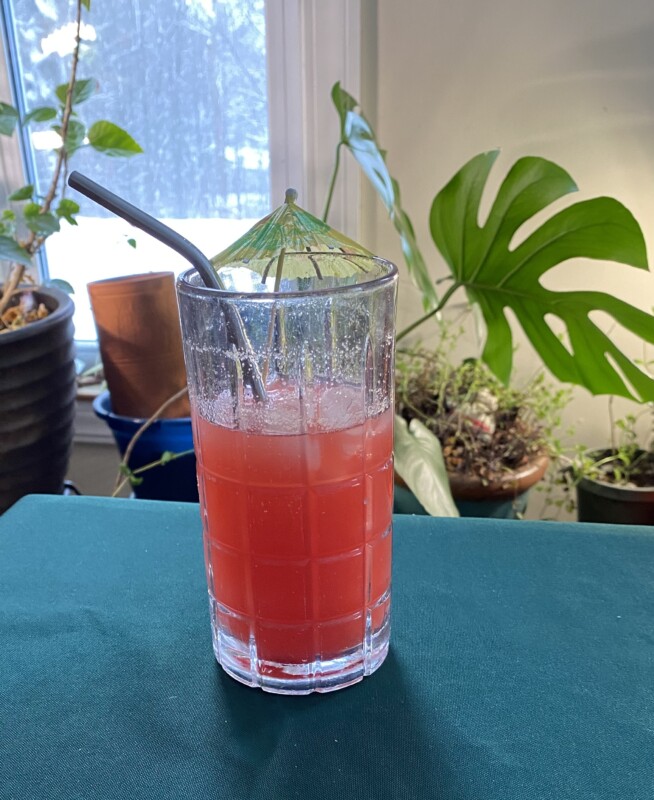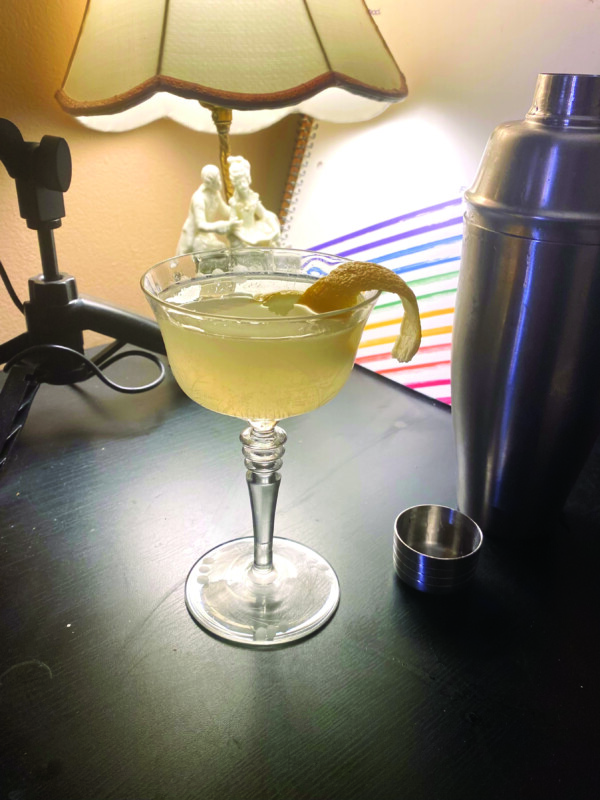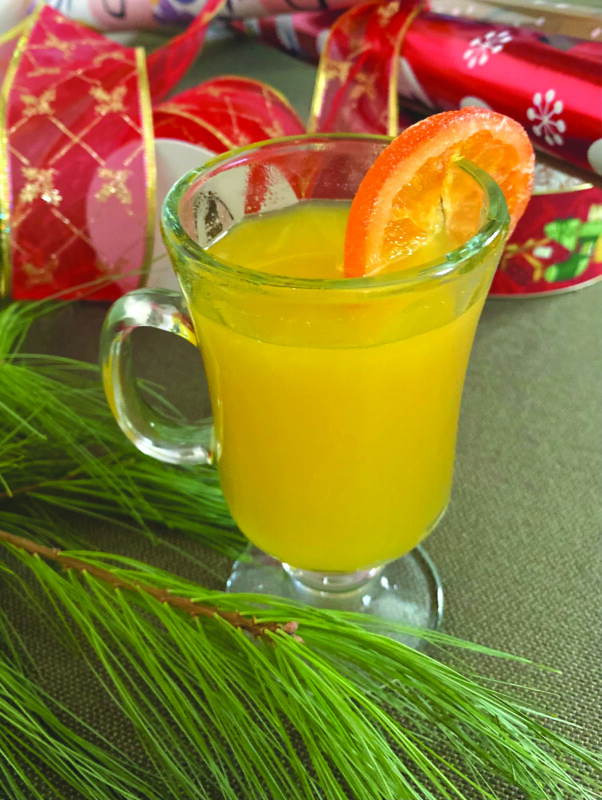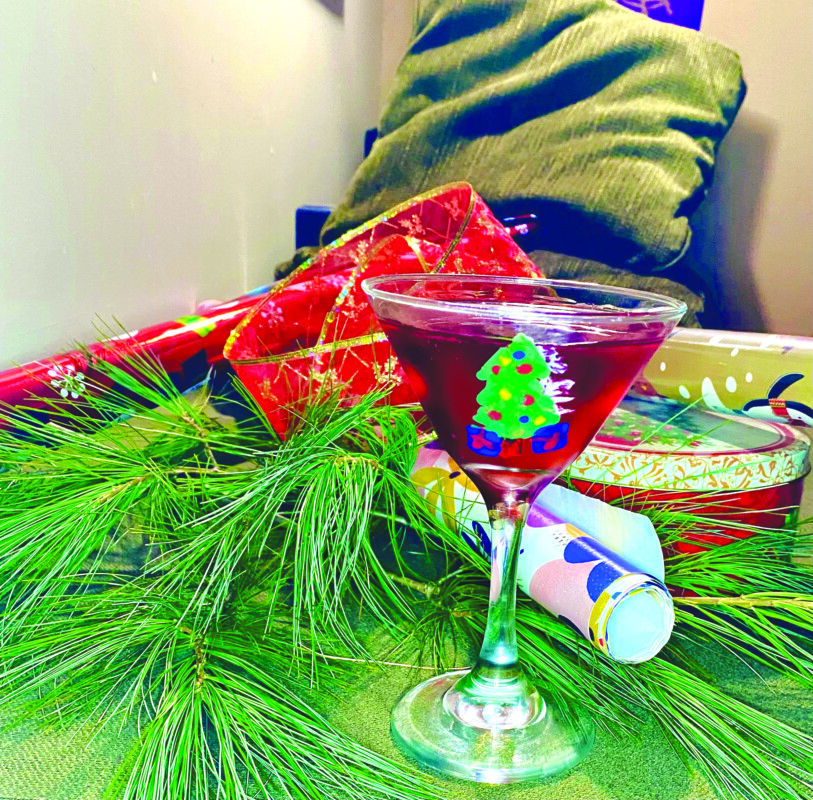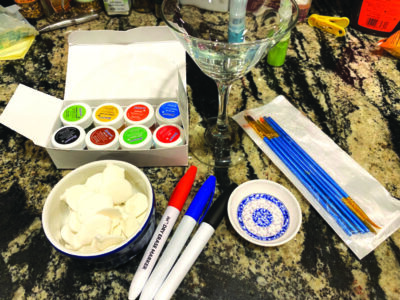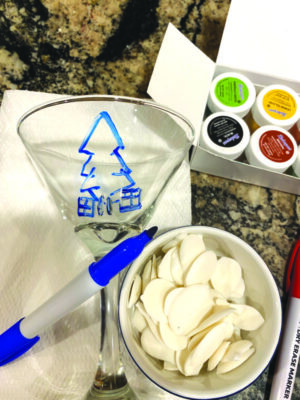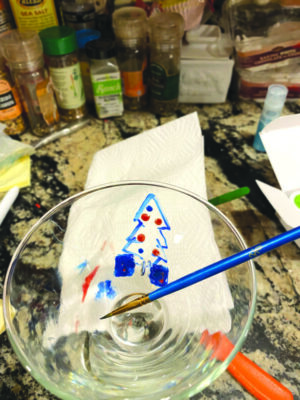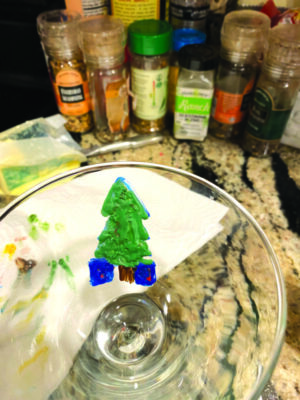How to squeeze a lime
(Or a lemon, or an orange, or a tangerine, but limes lend themselves to being squeezed; they have the fewest inhibitions of any citrus fruit.)
Method 1 – Pure brute strength
Wash your hands.
Carefully place the lime on a cutting board in front of you. Carefully cut the lime in half.
Center your thoughts, then pick up half a lime, hold it over a bowl, and crush it.
The key here is rage. Naked, blind fury, if you can manage it. If you are a sports enthusiast, or a middle child, this should be fairly easy for you. The pain from previously unknown cuts on your hand will only make you angrier, eliciting even more juice.
Method 2 – An improvised reamer
A fork works well for this. So does a pair of kitchen tongs.
Cut the fruit in half, as before, but this time retain your composure. Insert the business end of the fork or tongs into half a lime, then twist it around, while squeezing with the hand that’s holding the lime. Tell the lime, “You might feel a little discomfort.”
You should be pleased with the result.
Method 3 – A hand-held juicer
Sometimes called a hand-juicer — though that implies that it actually juices hands — this looks something like the love child of a pair of pliers and a tea-strainer. It’s usually yellow or green — depending on the size of the fruit you intend to squeeze — and some models have a second squeezing cup, so you can tackle lemons and limes. It seems very gadget-y and might not fill you with confidence at first glance. It does a shockingly good job of squeezing citrus, though, and has become my juice extractor of choice.
A note on fresh orange juice
If you only need a few ounces of orange juice for a cocktail, a very good option is squeezing a couple of clementines. They have a fresher, zingier taste than orange juice from a carton, and they are roughly the same diameter as a lemon, so they are relatively easy to squeeze. I have found that after I have juiced both halves of a clementine, if I stack the spent carcasses of the two halves in the larger bowl of my hand-held juicer and squeeze them again I can extract a little more juice and theoretically a little citrus oil, which will intensify the flavor of the juice.
A very juicy cocktail
This is an adaptation of something called a Tangipahoa Planter’s Punch that I found in an extremely distressed copy of 1937’s Famous New Orleans Drinks and how to mix ‘em:
Ingredients
- 2 ounces pineapple/mango juice. Could you use plain pineapple juice? The Fruit Police, or possibly the Tangipahoa Parish Liquor Commission, would probably not come crashing through the window, if you did.
- 2 ounces fresh squeezed lime juice (see above)
- 2 ounces fresh squeezed clementine juice. Could you just use Tropicana? That’s between you and your conscience.
- 3 ounces white rum
- ½ ounce raspberry syrup (see below). Could you use grenadine instead? I suppose so, if you were a COWARD!
- 5 to 6 ice cubes
Combine all ingredients into a cocktail shaker, and shake until the ice starts making “I can’t hold it together much longer, Captain” sounds.
Pour into a pint glass and garnish as you see fit.
A lot of tropical drinks have a sort-of generic, yeah-there’s-some-fruit-in-here background flavor. The nice thing about squeezing your own juices into this one is that you can taste each individual ingredient. The lime, clementine and raspberry all step forward and raise a hand if you look for them. The rum stands in the back with hands in pockets, humming to itself.
You know those miserable winter days when all you want to do is sit by a fire, read a book and eat soup? Alternate that with drinking this and lying on the couch and watching game shows. You’ll feel 12 percent more optimistic about life.
Raspberry syrup
Combine an equal amount (by weight) of frozen raspberries and sugar in a small saucepan.
Cook over medium heat. The ice crystals in the berries have already punctured the cell walls, and you will be surprised at how much liquid they give off.
Bring to a boil, to make sure that all the sugar has dissolved, then remove from the heat.
Strain through a fine-meshed strainer, and store in your refrigerator for about a month.
Feature photo: Tangipahoa Planter’s Punch. Photo by John Fladd.

